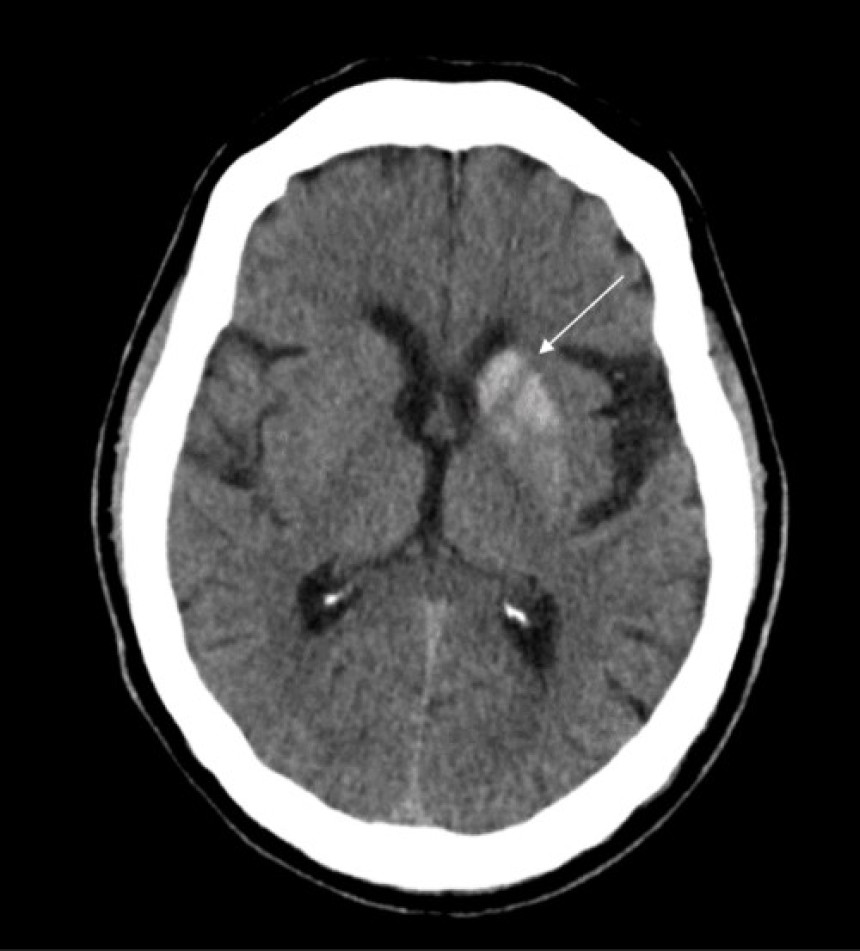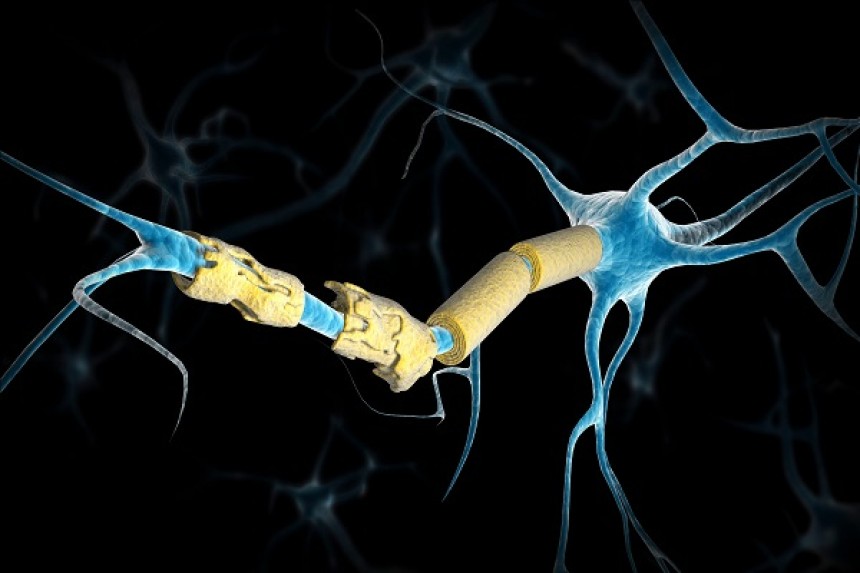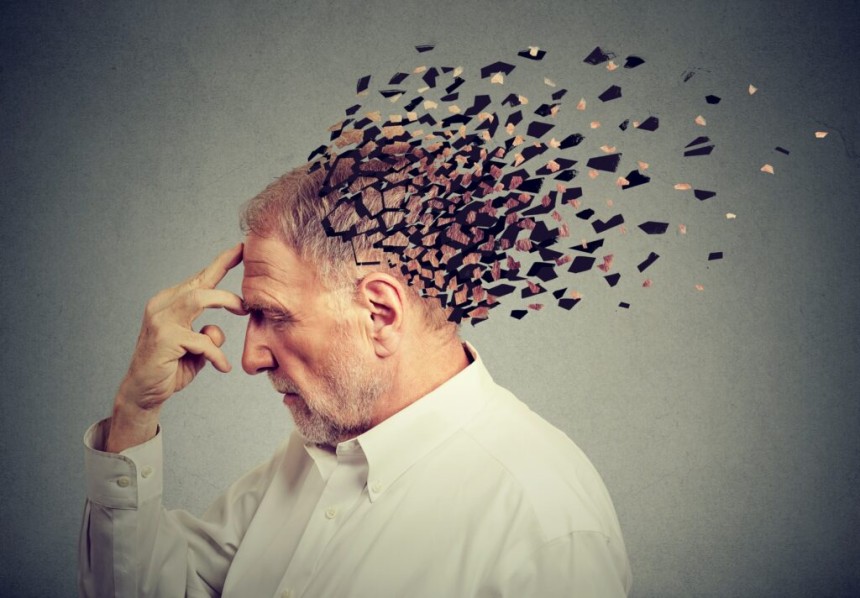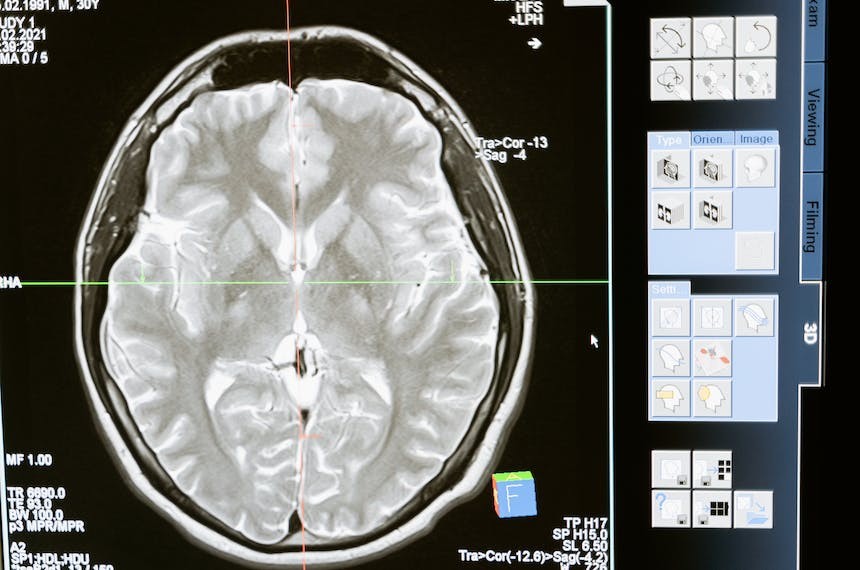
Hemichorea
Hemichorea is characterized by one-sided involuntary movements and can result from various causes. Treatment depends on the underlying condition and may involve addressing the cause, withdrawing medications, using dopamine blockers, VMAT2 inhibitors, or other medications. In severe cases, surgical options like DBS may be considered.
Hemichorea Overview:
Hemichorea is characterised by involuntary movements which are rapid, non-patterned and confined to one side of body. Hemichorea and hemiballismus (high amplitude, violent, flinging and flailing movements confined to one side of body) usually occur together and is referred as hemichorea hemiballismus syndrome (HCHB). It usually occurs due to vascular or metabolic insult affecting the basal ganglia. Other causes include infections, autoimmue, medications, such as metochopramide, prochlorperazine or pregnancy related (chorea gravidarum). Metabolic causes include hyperglycaemia, hypernatremia, hypomagnesaemia, and hypocalcaemia. HIV, toxoplasmosis, TB and syphilis have also been reported as causes of infectious chorea. Sydenham chorea is the commonest cause of infectious hemichorea in childhood. Autoimmune hemichorea is caused by autoimmune encephalitis, Systemic Lupus erythromatosis (SLE), Behçet disease, Antiphospholipid antibody syndrome, Celiac disease and Hashimoto thyroiditis. (1, 2, 3)
Symptomatic Management of Hemichorea:
Hemichorea often improves with appropriate treatment of the underlying cause and/or withdrawal of the offending drug. The majority of the cases have a good prognosis. Symptomatic management of hemichorea includes dopamine receptor blockers, such as, first generation antipsychotic agents, second generation antipsychotic drugs or vesicular monoamine transporter type 2 (VMAT2). (4)
Antipsychotic Agents for Hemichorea:
First generation antipsychotic agents include chlorpromazine at an initial dose of 25 mg/ day. Second generation antipsychotic drugs, such as, risperidone (0.5- 1mg once or twice daily), olanzapine at a starting dose of 5mg daily up to a maximum dose of 30 mg daily, and aripiprazole at 2.5 mg daily, with slow escalation up to 15 mg daily. Second generation antipsychotic agents could help to reduce severity of hemichorea with a better safety profile than first generation agents. (4, 5, 6)
Dopamine Depleting Agents:
Dopamine depleting agents act by inhibiting vesicular monoamine transporter type 2 (VMAT2) receptors. They include tetrabenazine (12.5 mg daily, as a starting dose) and deutetrabenazine (6mg/day up to a maximum of 48 mg/day). (7)
Other Medical Treatments:
Medical treatment options include carbamazepine (100 - 400 mg/day), topiramate (25- 50 mg daily) and Levetiracetam (500 mg twice daily). The effectiveness of these agents has not yet established. (8, 9, 10) Also, botulinum toxin has been tried in the management of hemichorea. However its efficacy is not well studied. (11) Finally, surgical option including deep brain stimulation (DBS), pallidotomy or thalamotomy is not well studied and patients should be selected carefully. (12)
References
1-Laganiere S, Boes AD, Fox MD. Network localization of hemichorea-hemiballismus. Neurology 2016; 86:2187.
2-Vigliani MC, Honnorat J, Antoine JC, et al. Chorea and related movement disorders of paraneoplastic origin: the PNS EuroNetwork experience. J Neurol 2011; 258:2058.
3-Barton B, Zauber SE, Goetz CG. Movement disorders caused by medical disease. Semin Neurol 2009; 29:97. O'Toole O, Lennon VA, Ahlskog JE, et al. Autoimmune chorea in adults. Neurology 2013; 80:1133.
4-Armstrong MJ, Miyasaki JM, American Academy of Neurology. Evidence-based guideline: pharmacologic treatment of chorea in Huntington disease:
report of the guideline development subcommittee of the American Academy of Neurology. Neurology 2012; 79:597.
5-Dallocchio C, Buffa C, Tinelli C, Mazzarello P. Effectiveness of risperidone in Huntington chorea patients. J Clin Psychopharmacol 1999; 19:101.
6-Mestre T, Ferreira J, Coelho MM, et al. Therapeutic interventions for symptomatic treatment in Huntington's disease. Cochrane Database Syst Rev 2009; :CD006456.
7-Mestre T, Ferreira J, Coelho MM, et al. Therapeutic interventions for symptomatic treatment in Huntington's disease. Cochrane Database Syst Rev 2009; :CD006456.
8-Harel L, Zecharia A, Straussberg R, et al. Successful treatment of rheumatic chorea with carbamazepine. Pediatr Neurol 2000; 23:147.
9-Driver-Dunckley E, Evidente VG. Hemichorea-hemiballismus may respond to topiramate. Clin Neuropharmacol 2005; 28:142.
10-Zesiewicz TA, Sullivan KL, Hauser RA, Sanchez-Ramos J. Open-label pilot study of levetiracetam (Keppra) for the treatment of chorea in Huntington's disease. Mov Disord 2006; 21:1998.
11-Postuma RB, Lang AE: Hemiballism: revisiting a classic disorder".Lancet Neurology. 2 (11): 661–668, 2003.
12-Edwards TC, Zrinzo L, Limousin P, Foltynie T: Deep brain stimulation in the treatment of chorea. Mov Disord. 2012 Mar;27(3):357-63. Epub 2011 Oct 13.
13- Sanna G, Bertolaccini ML, Khamashta MA. Neuropsychiatric involvement in systemic lupus erythematosus: current therapeutic approach. Curr Pharm Des 2008; 14:1261.
14- Weinstein R. Therapeutic apheresis in neurological disorders: a survey of the evidence in support of current category I and II indications for therapeutic plasma exchange. J Clin Apher 2008; 23:196.





